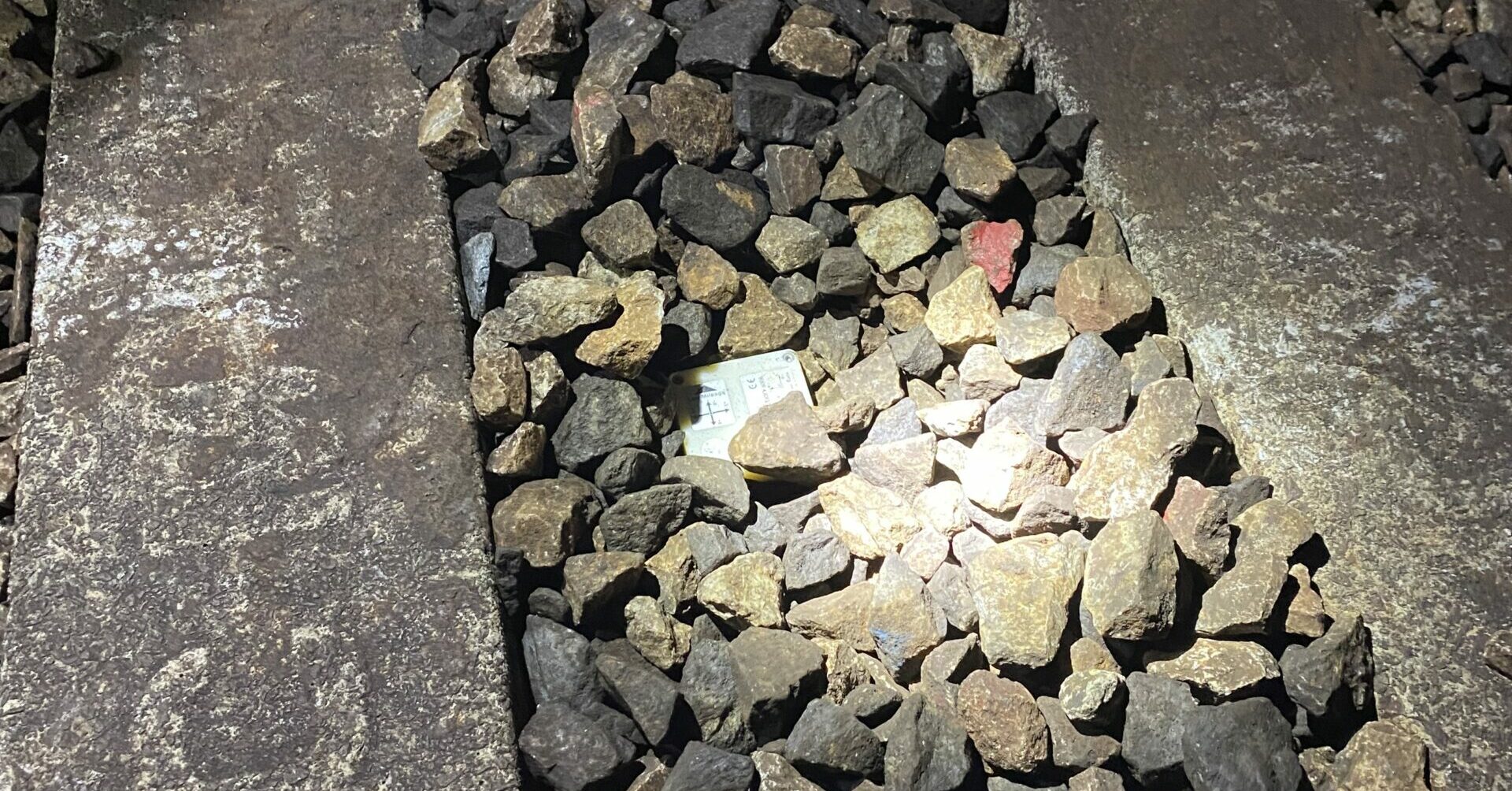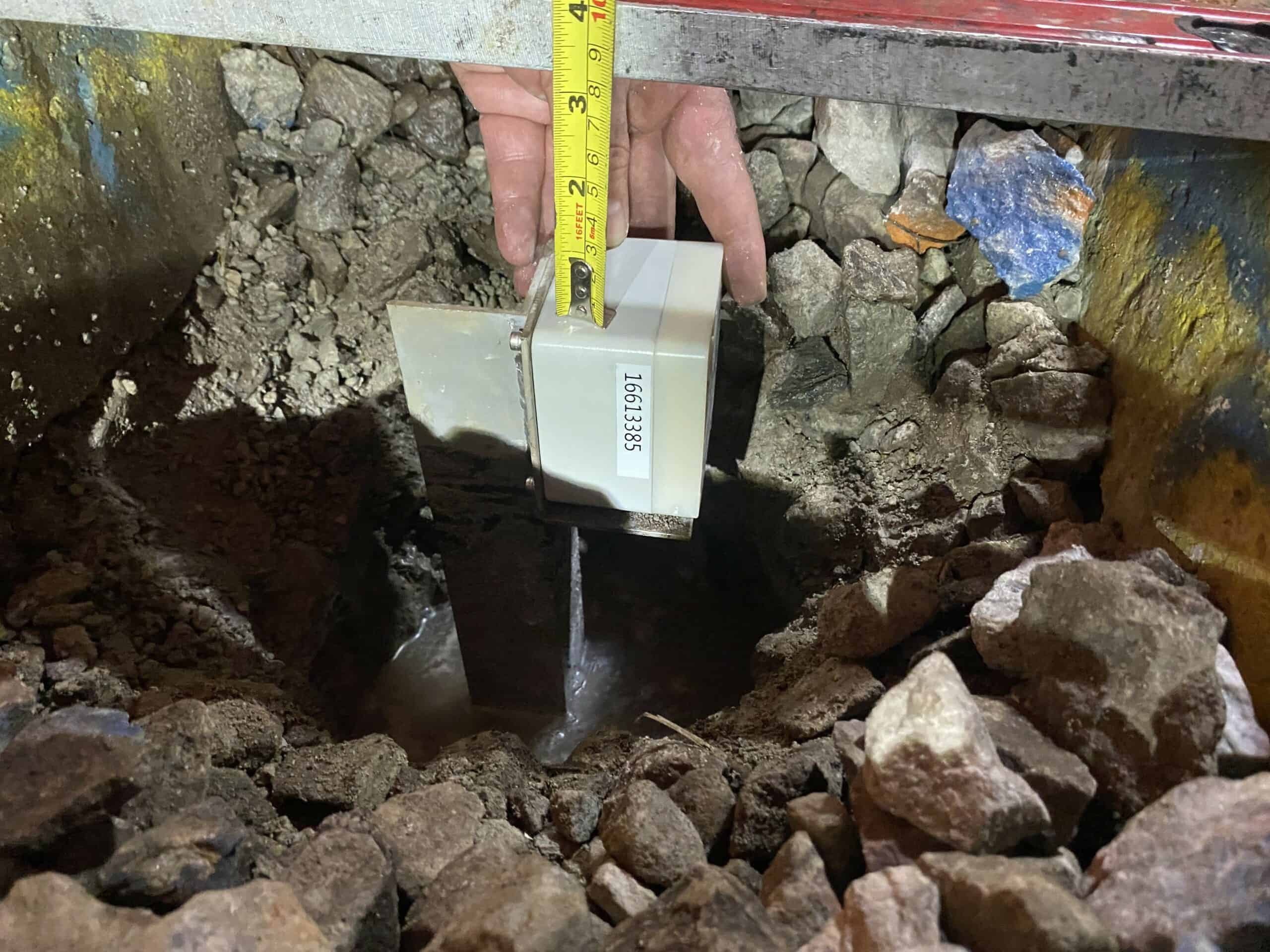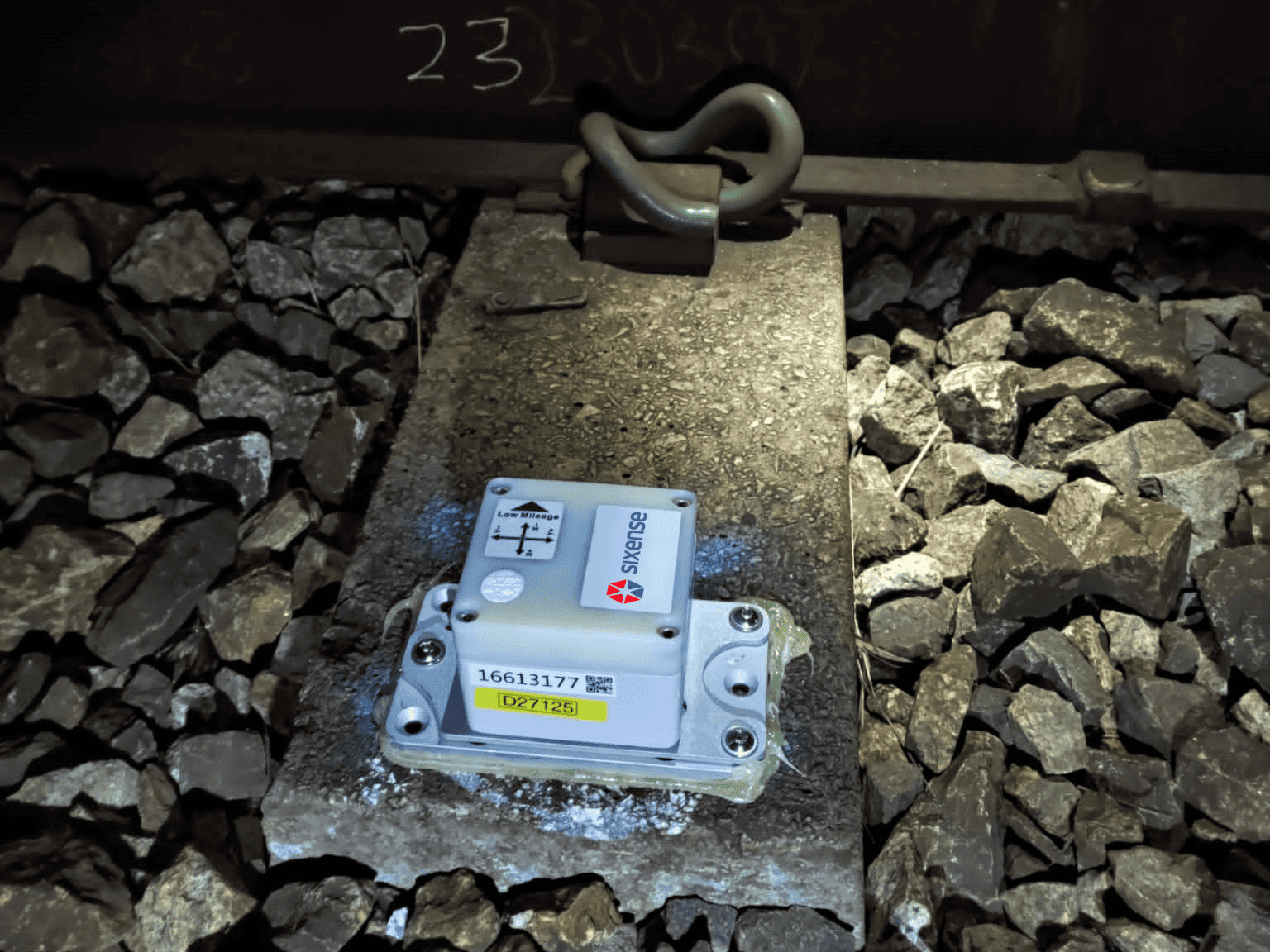MTR East Rail Line Track Monitoring | Hong Kong SAR
Project summary
Crossing Paths
A stretch of the MTR East Rail Line (EAL) between Sheung Shui and Fanling stations required settlement monitoring, as new water pipes were laid underneath the tracks. Since the EAL is the busiest railway in town, real-time, accurate deformation data would be crucial to the success of the construction.
The Water Services Department Contract 3/WSD/18 is the construction of new water supply facilities in Sheung Shui and Fanling. This includes the new Tong Hang Fresh Water Service Reservoir No.3, and water pipes connecting to the station. The facilities are built in anticipation of increasing demands, seeing that North Fanling is now under development as a part of the Northern Metropolis. The station is going to serve several public housing estates to be constructed in the near future.
Sixense joined the works in July 2023 as the MTR Track Monitoring specialist, overseeing specified critical areas that were most affected by the construction.
The Right Tool
Sixense installed a series of automatic tiltmeters on the ballasts and sleepers of the railway tracks in the second half of 2023. We then collected the data series from the sensors and produced an angular distortion profile along the track.
Honing in on our Client’s most concerned areas, Sixense provided a sensor network that is both spatially dense and high in reading frequency. The tilt meters were installed on the ballasts and the sleepers along the tracks in series, with an interval of 2m at the densest.
A New Application
The project is the first application of this type of monitoring scheme in Hong Kong. The angular distortion profile provides unique along-track insights. Albeit one-dimensional in nature, the method is especially suitable for this type of application. The tilt sensors have a high reading frequency. With a pre-established data processing flow, the sensor array can achieve real-time monitoring. The method is cost-effective for use cases where settlement concerns are significantly higher than lateral movement concerns.


